Hanging Money Plant is another common name for the Epipremnum aureum, also known as the Golden Pothos or Devil’s Ivy, particularly when it is grown in a hanging basket. As mentioned earlier, the Golden Pothos is a popular and easy-to-care-for houseplant known for its attractive trailing vines and heart-shaped leaves with variegation.
Care of Hanging Money Plant:
Light: Golden Pothos thrives in bright, indirect light. It can tolerate lower light conditions, but its variegation will be more pronounced and attractive with adequate light. Avoid exposing it to direct sunlight for extended periods, as this can scorch the leaves.
Temperature: This plant is adaptable to a wide range of temperatures, with average room temperatures between 65°F to 85°F (18°C to 29°C) being suitable. Avoid placing it in locations with cold drafts or temperature fluctuations.
Watering: Allow the top inch of the soil to dry out before watering again. Golden Pothos prefers slightly moist soil but can tolerate occasional drying out. Overwatering can lead to root rot, so it’s essential not to let the plant sit in waterlogged soil.
Humidity: Golden Pothos is adaptable to average indoor humidity levels. However, it appreciates slightly higher humidity, making it suitable for homes with moderate humidity or occasional misting.
Soil: A well-draining and nutritious potting mix is suitable for Golden Pothos. Regular indoor potting mix or a mix formulated for tropical plants works well.
Fertilization: Fertilize Golden Pothos every 4-6 weeks during the active growing season (spring and summer) with a balanced, diluted liquid fertilizer. Avoid overfertilization, as it can lead to excessive growth with reduced variegation.
Characteristics of Hanging Money Plant:
Leaves: Hanging money plant leaves are heart-shaped and have a waxy texture with distinct variegation. The most common coloration is dark green with golden or yellow streaks, but there are also cultivars with different variegation patterns, including white, cream, or light green.
Growth Habit: Hanging money plant has a trailing or climbing growth habit, making it an excellent choice for hanging baskets or growing on trellises and poles. The vines can grow several feet long and can be easily trained to climb or cascade down from a shelf or a hanging planter.
Flowers: While hanging money plant can produce small, greenish flowers in their natural habitat, they are not commonly seen when grown as indoor houseplants. The plant is usually grown for its lush foliage rather than its flowers.
Money plant is an easy to grow plant and is most common at the houses, office and malls . This plant have beautiful leaves that enhances the aesthetic value of the space
Landscape Use of Hanging Money Plant:
Shaded Garden Beds: In regions with a mild or tropical climate, you can plant money plants in shaded or partially shaded garden beds. Their lush, green foliage and trailing vines can add a touch of natural beauty to shaded garden areas.
Ground Cover: Money plants can be used as ground cover in gardens or under larger plants. Their dense growth and ability to spread can create a carpet of green in shaded or partially shaded areas.
Vertical Gardens: Money plants can be incorporated into vertical garden structures, such as trellises, arbors, or living walls. Their trailing vines and ease of training make them suitable for vertical gardening projects.
Container Gardens: Plant money plants in large pots, hanging baskets, or decorative containers to place on patios, decks, or in courtyard gardens. Their cascading vines can create a striking focal point in outdoor living spaces.
Indoor/Outdoor Transition Areas: Place money plants in covered outdoor spaces like verandas or screened-in porches, where they can thrive in a sheltered environment while providing a bridge between the indoor and outdoor living areas.
Educational Gardens: Money plants can be used in botanical gardens, public parks, or educational institutions to educate visitors about various plant species and to showcase their adaptable and low-maintenance nature.
Conclusion:
When incorporating hanging money plants into landscape or garden designs, it’s important to consider the local climate. While they can thrive outdoors in mild and tropical regions, they are not suitable for areas with frost or extreme cold. Ensure that the planting area has well-draining soil and provides protection from strong winds and excessive sun exposure, as hanging money plants prefer indirect or dappled light and can be sensitive to harsh conditions.
Additionally, regular watering, especially during dry periods, and protecting the plants from pests are key aspects of their care when used in landscape settings. Money plants are known for their air-purifying qualities and their ability to thrive in low-light conditions, making them a versatile addition to both indoor and outdoor spaces.

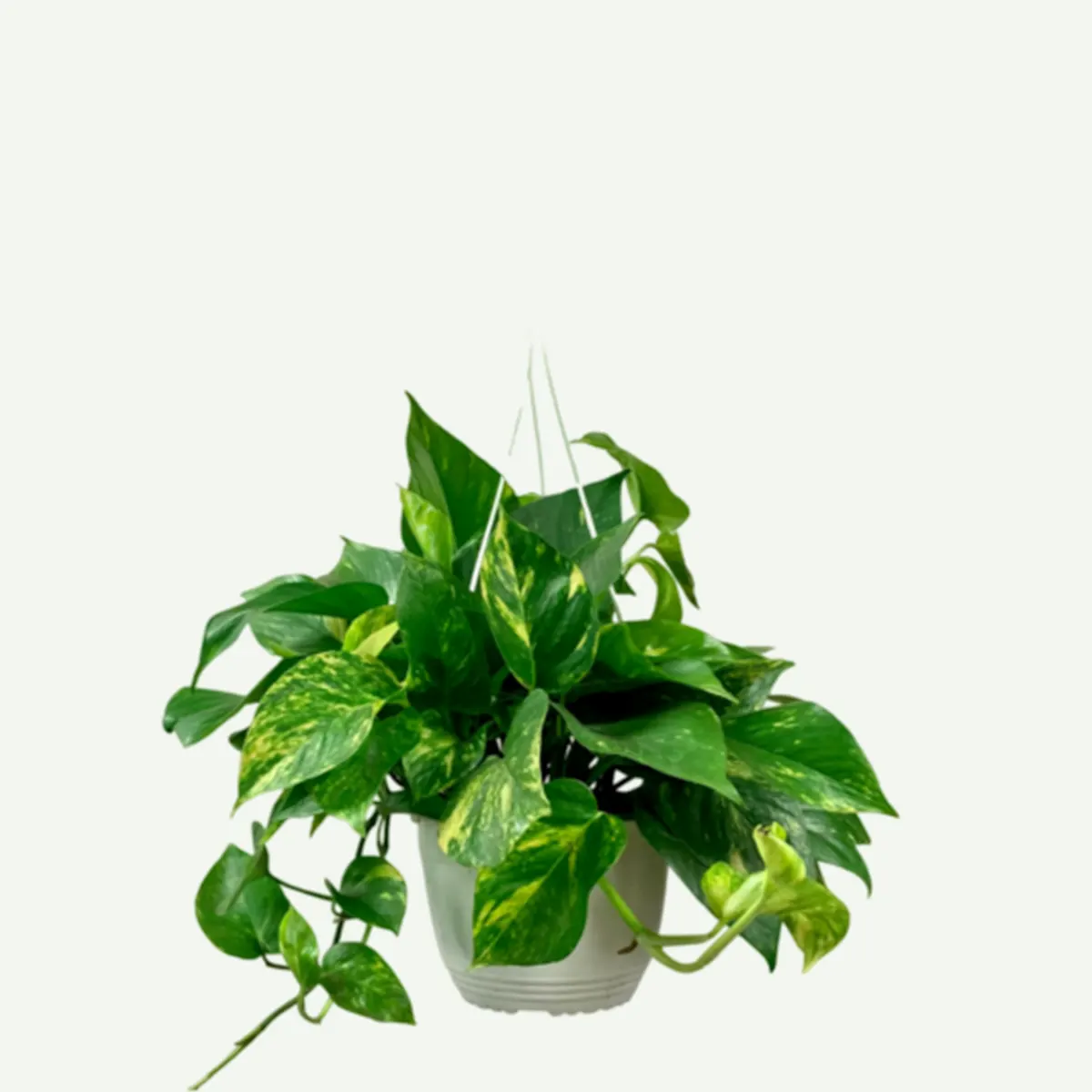
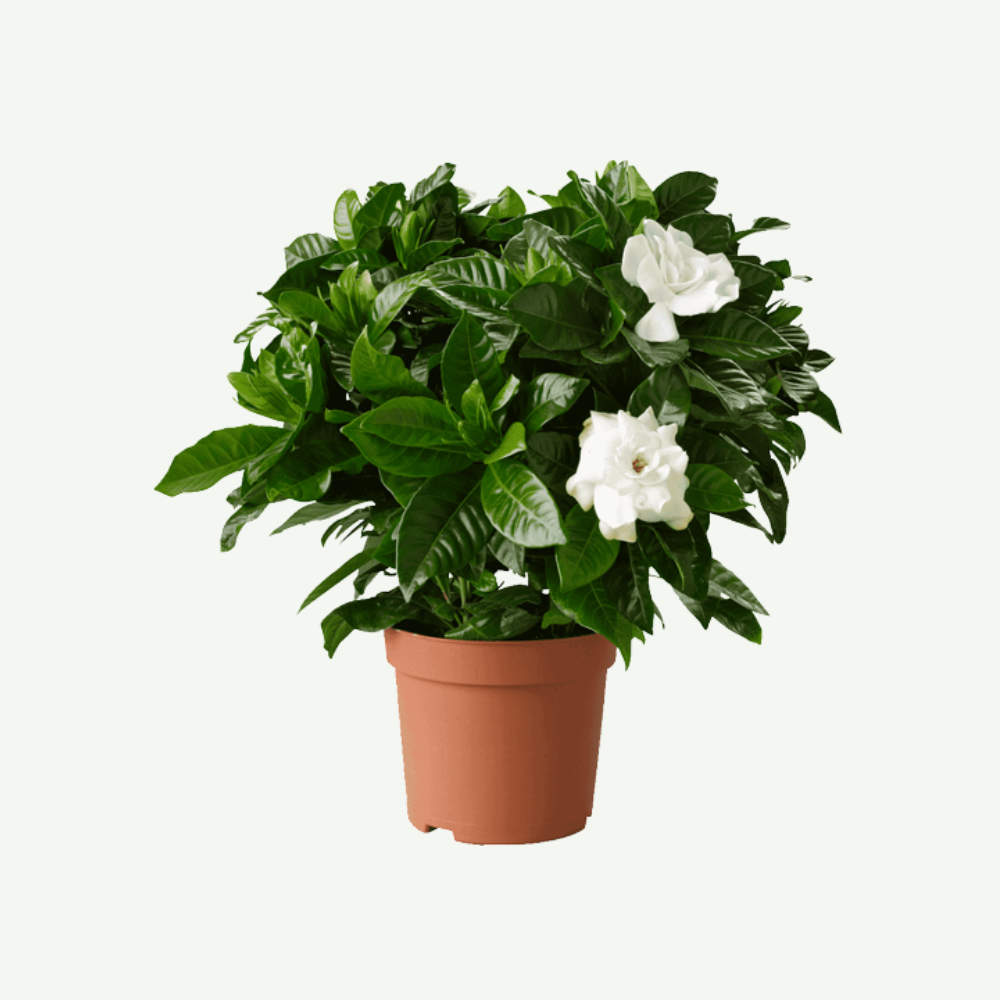
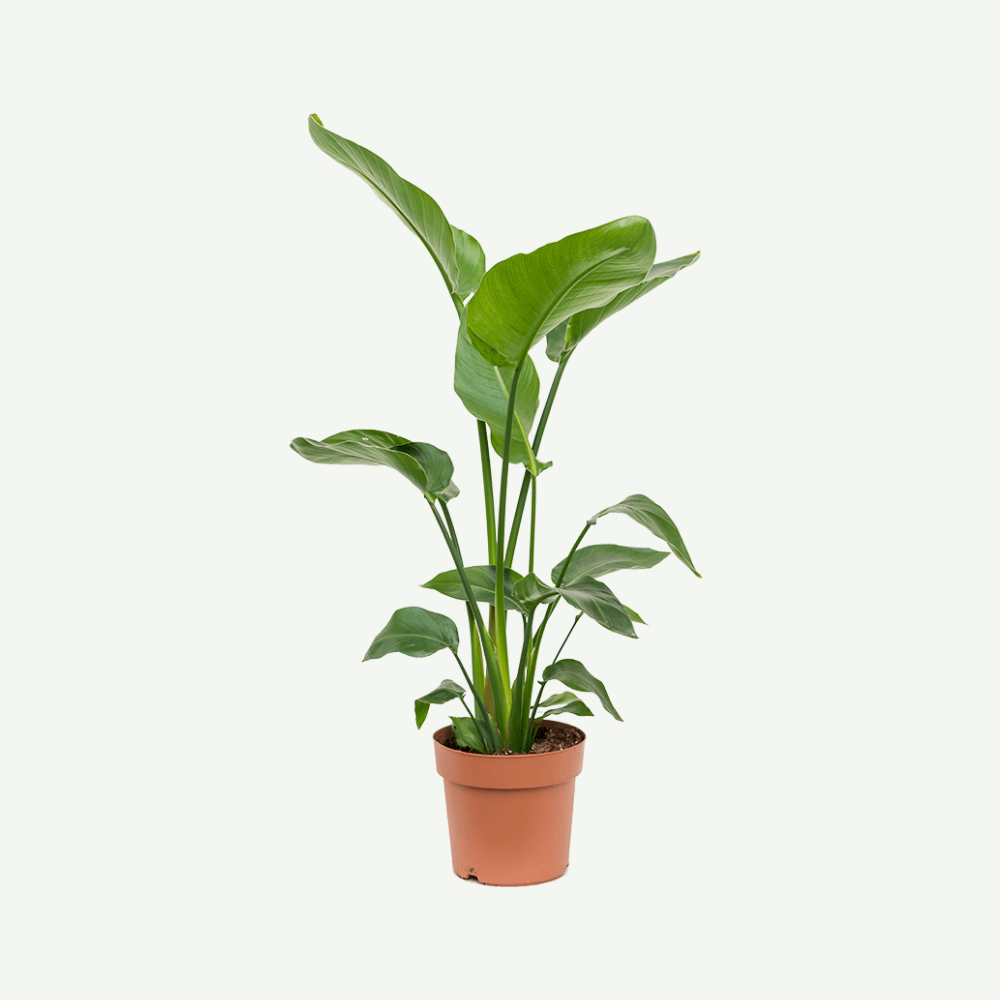
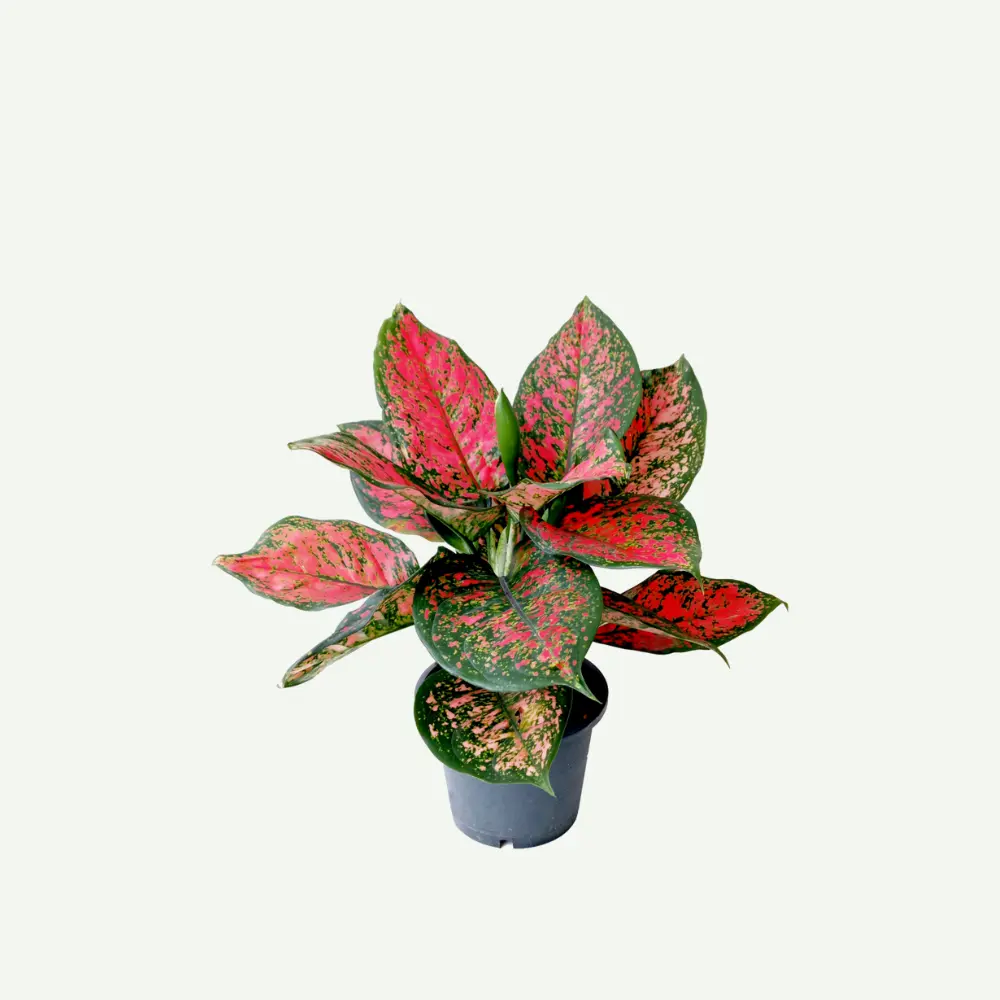
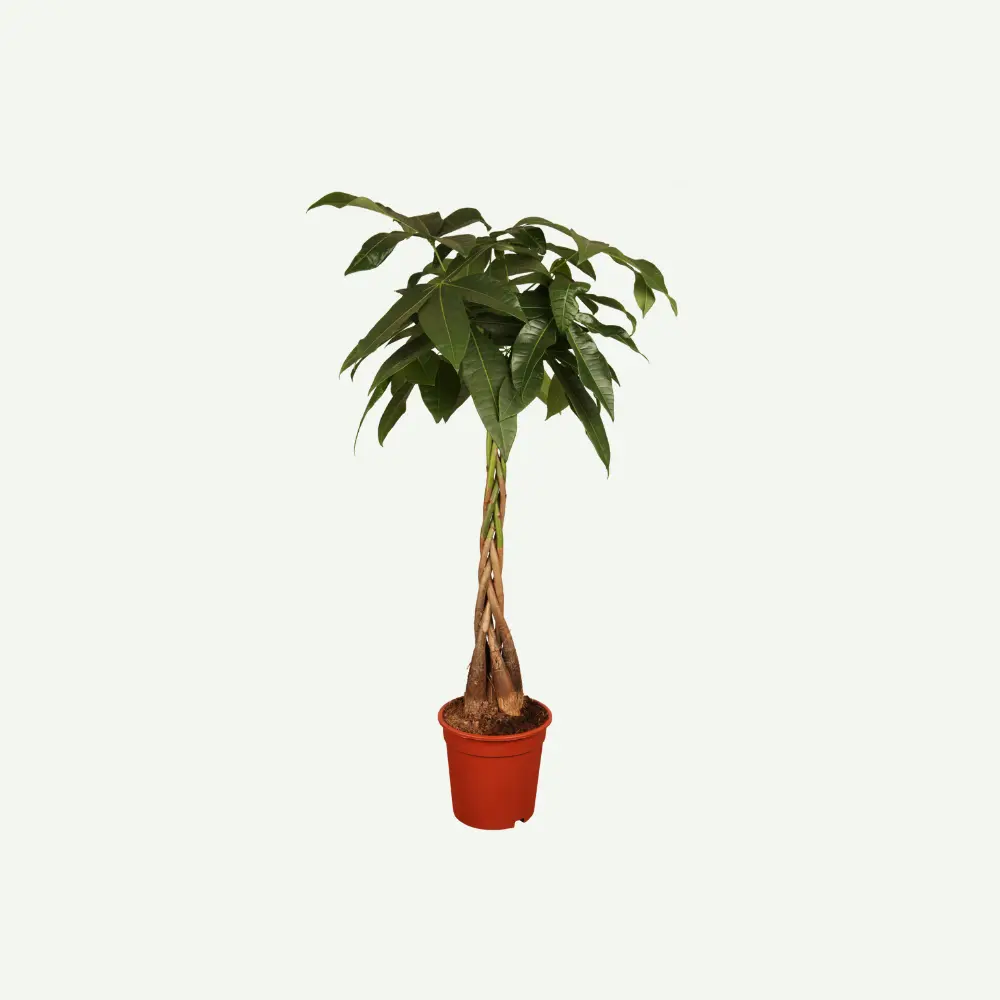
Reviews
There are no reviews yet.